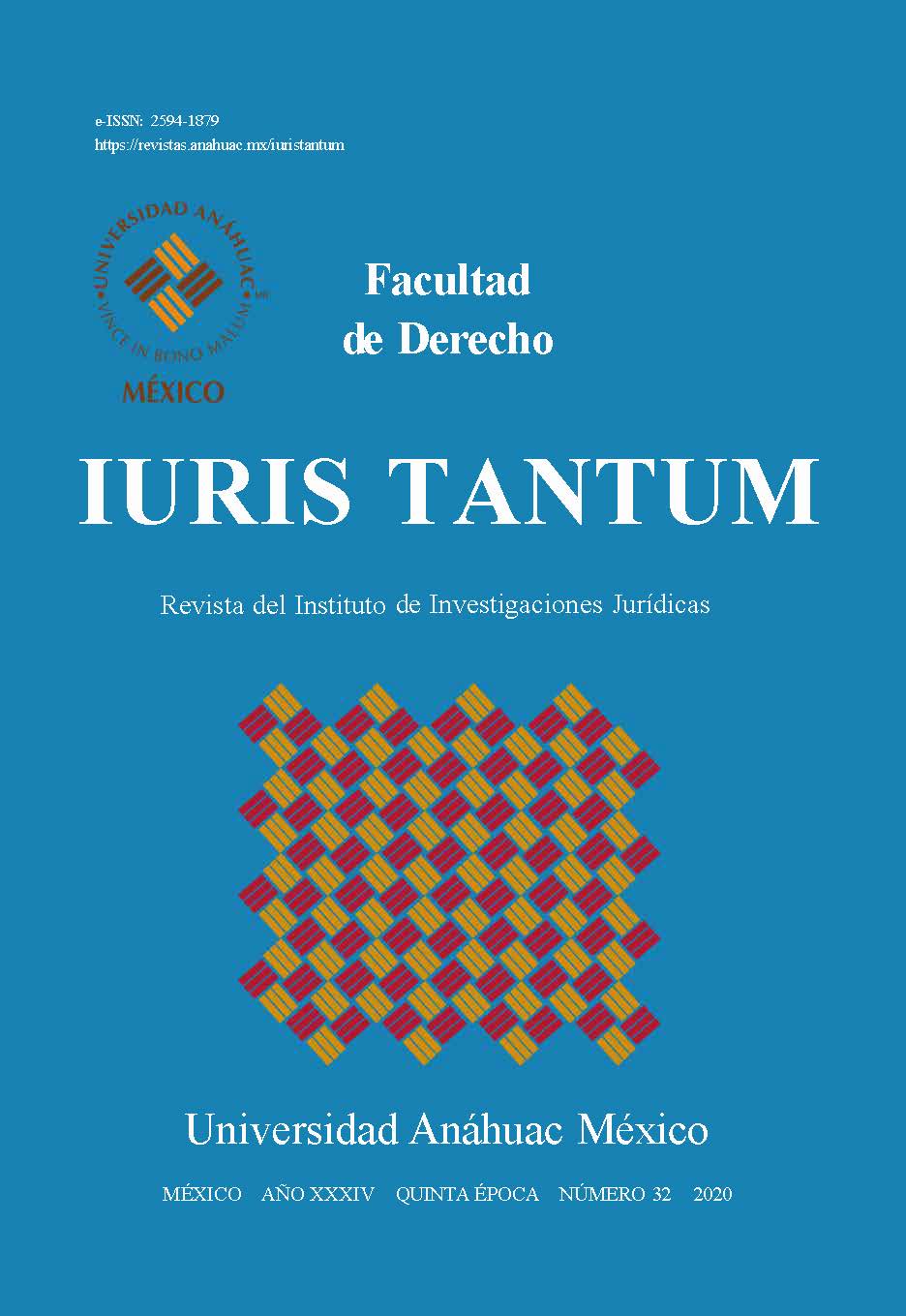CRISIS, CONFLICTS AND REGIONAL INSTABILITY IN THE MIDDLE EAST
Main Article Content
Abstract
The events of the past two decades have reinforced the image of the Middle East as a highly volatile and unstable area. The regional evolution after the terrorist attacks of 9/11 seems to have followed the course of a parable of chaos, where the point of arrival describes a more complex and convulsive scenario than the
one that existed at the time of departure. The old unresolved regional conflicts, such as those in Palestine and Afghanistan, were joined by new crisis scenarios in Iraq, Syria, Yemen and Libya, which have significantly shocked the regional context, generating humanitarian tragedies of enormous proportions, with high costs in civilian lives, widespread human rights violations and massive flows of refugees and internally displaced persons, a situation that has greatly reaffirmed the Middle East as the main expulsion center for people due
to armed conflicts.
Downloads
PLUMX Metrics
Article Details
Iuris Tantum is distributed under international Creative Commons Attribution-NonCommercial-ShareAlike 4.0 International License.
The author keeps the property rights with no restriction whatsoever and guarantees the magazine the right to be the first publication of the work. The author is free to deposit the published version in any other medium, such as an institutional archive or on his own website.
References
of Middle East Studies, vol. 25, no. 1, primavera de 2016, pp. 52-69. Consulta
en: https://doi.org/10.1111/dome.12080
ALLISON, R., Russia and Syria: explaining alignment with a regime in crisis.
International Affairs, vol. 89, no. 4, julio de 2013, pp. 795-823.
BAHGAT, G., Iran’s Ballistic-Missile and Space Program: An Assessment. Middle
East Policy, vol. 26, no. 1, primavera de 2019, pp. 31-48.
Banco Mundial. Datos de libre acceso del Banco Mundial, 2019. Consulta en:
https://datos.bancomundial.org/indicador/MS.MIL.XPND.GD.ZS?view=chart.
BATTALOGLU, C., y FARASIM, F. (2017). From Democratization to Securitization:
Post-Arab Spring Political Order in the Middle East. Digest of Middle
East Studies, vol. 26, no. 2, otoño de 2017, pp. 299-319.
BP Statistical Review of World Energy, 2019. Consulta en: https://www.bp.com/
content/dam/bp/business-sites/en/global/corporate/pdfs/energy-economics/
statistical-review/bp-stats-review-2019-full-report.pdf.
FREEMAN, C. W., The Collapse of Order in the Middle East. Middle East Policy,
vol. 21, no. 4, invierno de 2014, pp. 61-68.
FUENTE, I. El terrorismo yihadista en Oriente Medio: Al Qaeda frente al Dáesh,
en Instituto Español de Estudios Estratégicos, Oriente Medio tras el Califato
[Cuadernos de Estrategia 196], Madrid, Ministerio de Defensa, 2018. Consulta
en: http://www.ieee.es/Galerias/fichero/cuadernos/ce_196.pdf
Global Firepower. 2019 Military Strength Ranking. Consulta en: https://www.
globalfirepower.com/countries-listing.asp
GORDON, P. H.; DORAN, M., y ALTERMAN, J. B. The Trump Administration’s
Middle East Policy: A Mid-Term Assessment. Middle East Policy, vol. 26,
no. 1, primavera de 2019, pp. 5-30.
JETT, D., U.S. Security Assistance in the Middle East: Helping Friends or
Creating Enemies? Middle East Policy, vol. 18, no. 1, primavera de 2011,
pp. 78-88.
LOUNNAS, D., The Tunisian Jihad: Between al-Qaeda and ISIS. Middle East
Policy, vol. 26, no. 1, primavera de 2019, pp. 97-116.
MESA, L. Israel y el conflicto en Siria. De la “ambigüedad estratégica” a los
ataques militares puntuales, en CONDE, Gilberto (coord.), Siria en el torbellino:
insurrecciones, guerras y geopolítica. Ciudad de México, El Colegio
de México, 2017, pp. 275-314.
MUTHIAH, M., y BERNÁDEZ, S., Estadísticas Comerciales Irán. Oficina Económica
y Comercial de la Embajada de España en Teherán, 2014. Consulta en: http://
www3.icex.es/icex/cma/contentTypes/common/records/mostrarDocumento
/?doc=4748832.
OZTIG, L. I. (2019). Syria and Turkey: Border-Security Priorities. Middle East
Policy, vol. 26, no. 1, primavera de 2019, pp. 117-126.
RØRBÆK, L. Religion, Political Power, and the ‘Sectarian Surge’: Middle Eastern
Identity Politics in Comparative Perspective. Studies in Ethnicity and
Nationalism, vol. 19, no. 1, abril de 2019, pp. 23-40.
Stockholm International Peace Research Institute (SIPRI), SIPRI Yearbook 2018.
Armaments, Disarmament and International Security. Consulta en: https://
www.sipri.org/sites/default/files/2018-06/yb_18_summary_en_0.pdf.
SIPRI. SIPRI Yearbook 2019. Armaments, Disarmament and International Security.
Consulta en: https://www.sipri.org/sites/default/files/2019-06/yb19_summary_
eng_1.pdf.
The Soufan Center. Al-Qaeda in the Indian Subcontinent: The Nucleus of Jihad
in South Asia, enero de 2019. Consulta en: https://thesoufancenter.org/wpcontent/
uploads/2019/01/Al-Qaeda-in-the-Indian-Subcontinent-AQIS.pdf.
United States Department of State, Country Reports on Terrorism 2017, septiembre
de 2018. Consulta en: https://www.state.gov/wp-content/uploads/2019/04/
crt_2017.pdf.
U.S. Energy Information Administration (EIA), World Oil Transit Chokepoints,
julio 25 de 2017. Consulta en: https://www.eia.gov/beta/international/analysis_
includes/special_topics/World_Oil_Transit_Chokepoints/wotc.pdf.
VALBJØRN, M., What’s so Sectarian about Sectarian Politics? Identity Politics
and authoritarianism in a New Middle East. Studies in Ethnicity and Nationalism,
vol. 19, no. 1, abril de 2019, pp. 127-149.
WALLIN, M., U.S. Military Bases and Facilities in the Middle East. Washington:
American Security Project, junio de 2018. Consulta en: https://www.americansecurityproject.
org/wp-content/uploads/2018/06/Ref-0213-US-Military-
Bases-and-Facilities-Middle-East.pdf.

